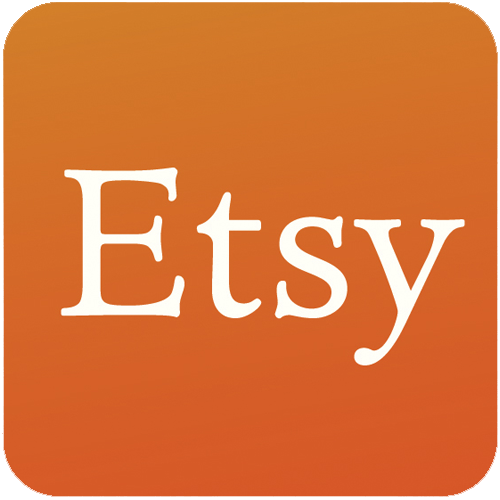How We Started A $70K/Month Business Selling Bongs And Pipes Online
Hello! Who are you and what business did you start?
Hello, my name is Nassir Silwany, and I am the Co-Founder of CaliConnected, an online marketplace for smoking accessories. After years of experience in the retail industry, my business partner and I decided to launch CaliConnected in April 2018.
It has since grown into a full-fledged online headshop marketplace with a wide selection of products and an easy-to-use interface. CaliConnected.com has become one of the go-to destinations for smokers looking for quality smoking accessories online. The website offers competitive prices on a wide range of products, from bongs and pipes to dab rigs and vape pens.
The marketplace holds over $40,000,000.00 of in-stock inventory to the end consumer between our warehouse and vendors we have connected to sell on CaliConnected.com. We have done nearly 2 million in lifetime...

Download the report and join our email newsletter packed with business ideas and money-making opportunities, backed by real-life case studies.

Download the report and join our email newsletter packed with business ideas and money-making opportunities, backed by real-life case studies.

Download the report and join our email newsletter packed with business ideas and money-making opportunities, backed by real-life case studies.

Download the report and join our email newsletter packed with business ideas and money-making opportunities, backed by real-life case studies.

Download the report and join our email newsletter packed with business ideas and money-making opportunities, backed by real-life case studies.

Download the report and join our email newsletter packed with business ideas and money-making opportunities, backed by real-life case studies.

Download the report and join our email newsletter packed with business ideas and money-making opportunities, backed by real-life case studies.

Download the report and join our email newsletter packed with business ideas and money-making opportunities, backed by real-life case studies.



































